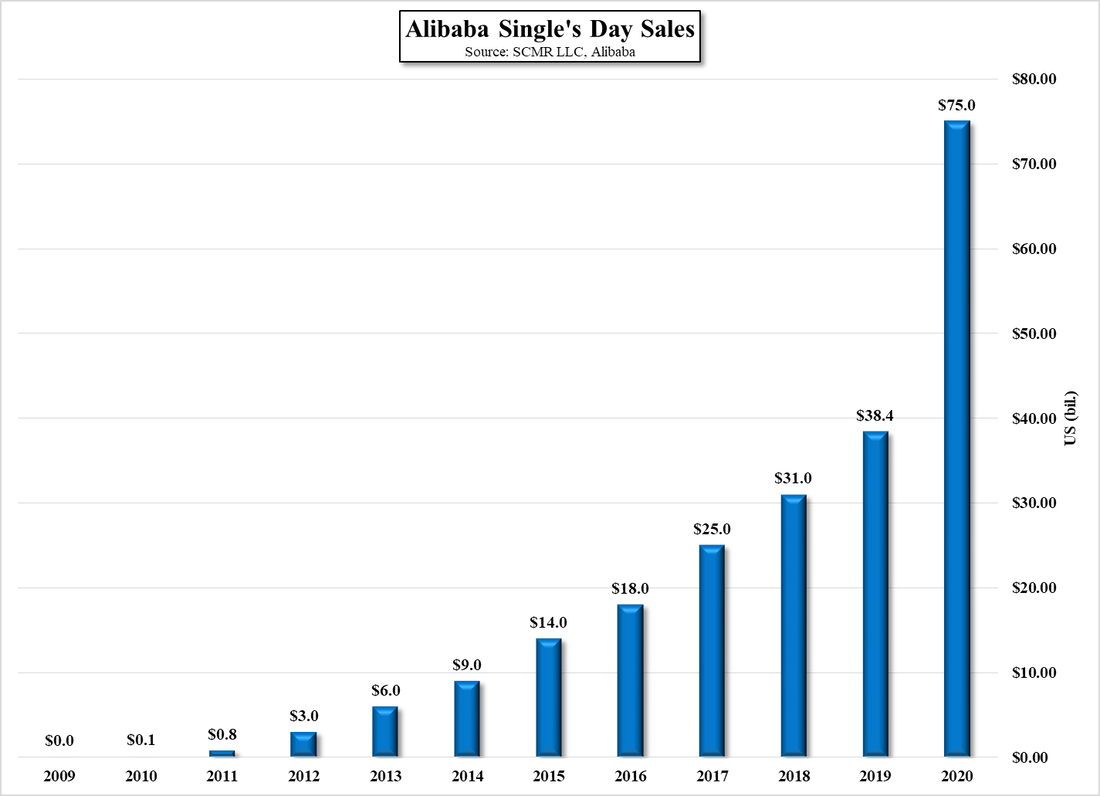…And LG Sells More IP
Since then there have been a number of IP sales made by LG, one being through affiliate LG Innotek (011070.KS) to Scramoge Technology (pvt), a non-practicing IP holding company in Ireland that is known for it’s lawsuits against major CE companies, and a number of licensing agreements with Chinese smartphone brands. While LGE has held on to other mobile IP, which it believes can be used by other divisions, LGE seems to be continuing to sell its non-mobile IP. In September and October it sold 942 patents relating to its solar business, which it closed at the end of February this year, to Jinko Solar (688223.CH), the 6th largest global solar panel manufacturer, based on capacity, and is expected to sell more such IP to Jinko in the future. It has also signed a non-exclusive license agreement with Hanwha Solutions (009830.KS), a large Korean chemical company whose Q-Cells (pvt) division is a competitor of Jinko.
LG now shows the intellectual property business as an income line item, with over 24,000 mobile related patents generating revenue, but it is not all profit as LG agreed to share IP profits with employees in July and is still involved in a number of lawsuits over compensation for the IP ‘invention’ that have been sold, and while the company has been offering compensation to employees for many years, the value of such compensation and its calculation are the basis for those suits. All in we expect LG to continue to monetize its unused IP, particularly as the near-term outlook for the CE space remains cloudy at best, and we expect another round of intensive segment reviews in 1Q ’23, which could lead to additional segment closings and IP sales in order to reduce losses.

















 RSS Feed
RSS Feed